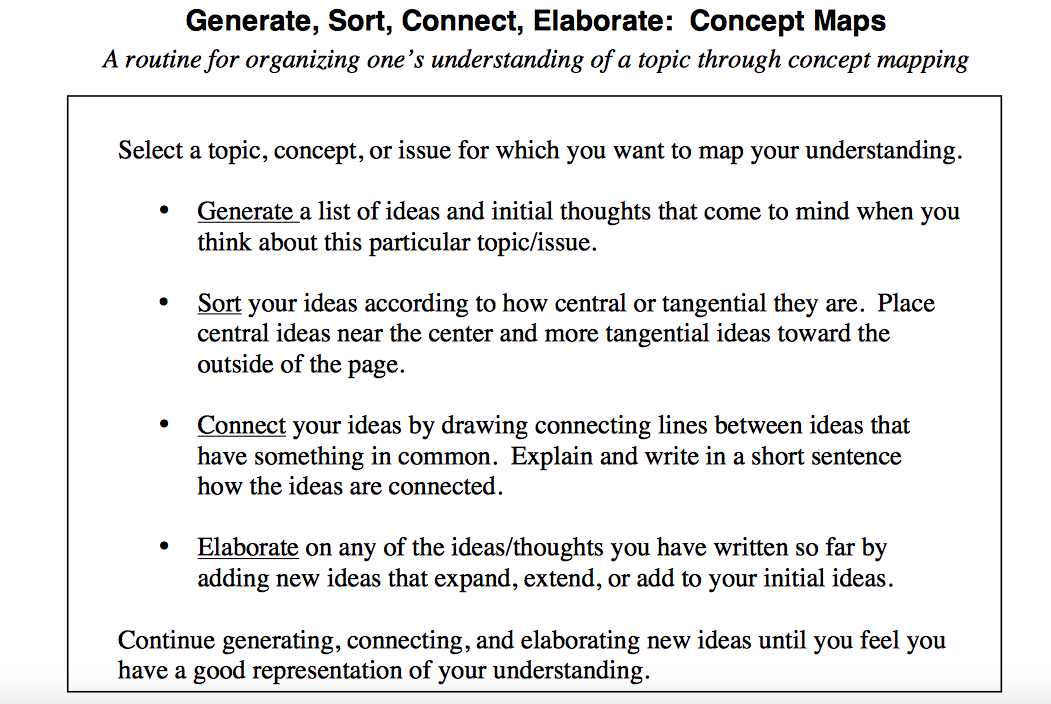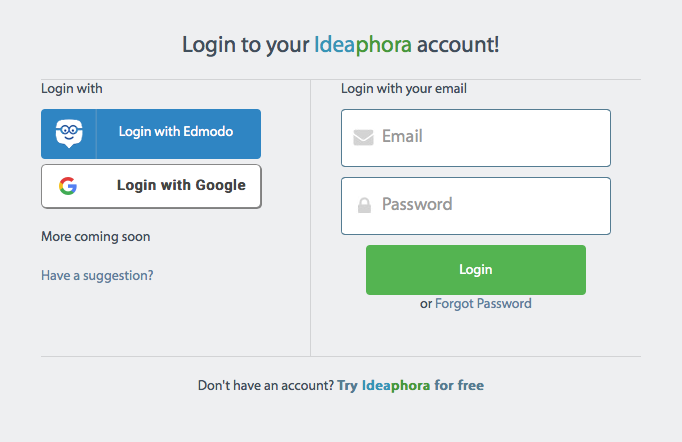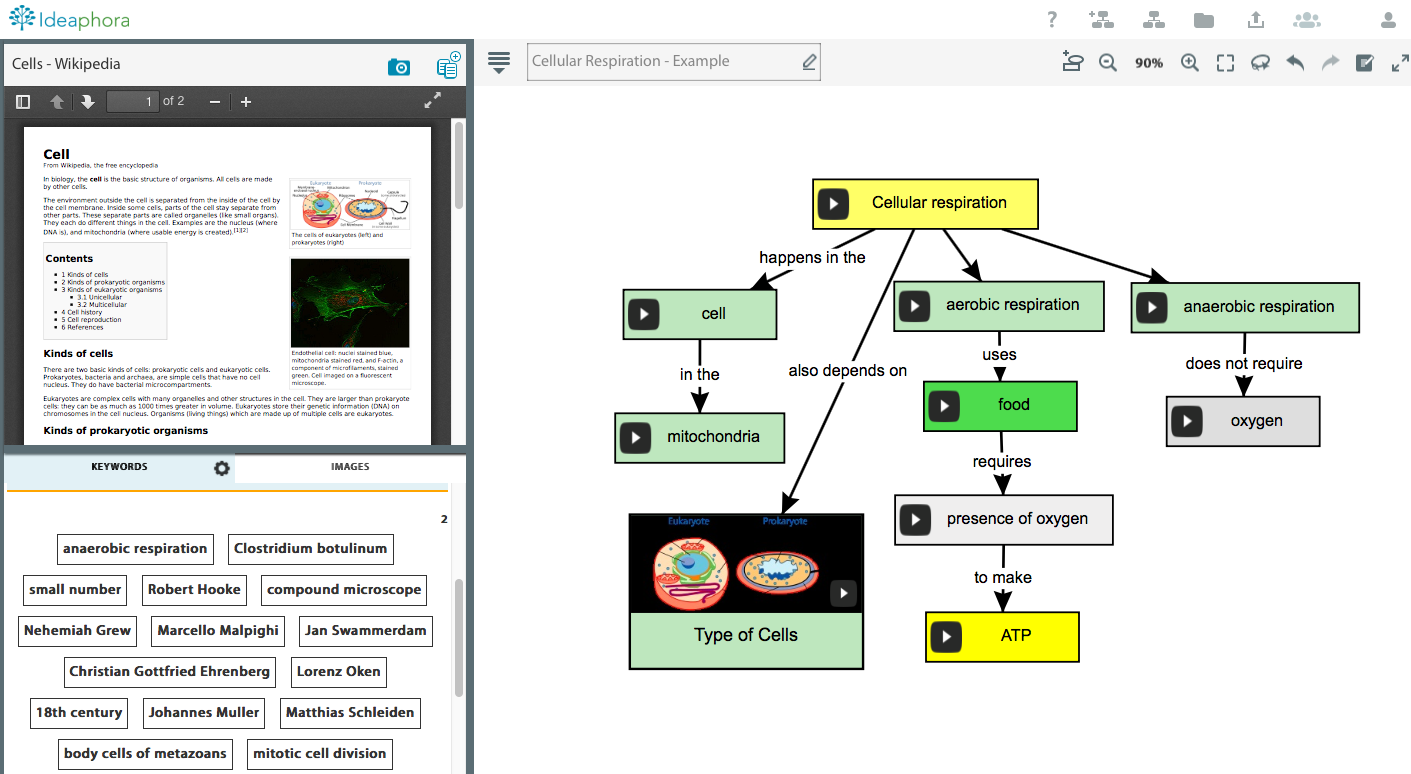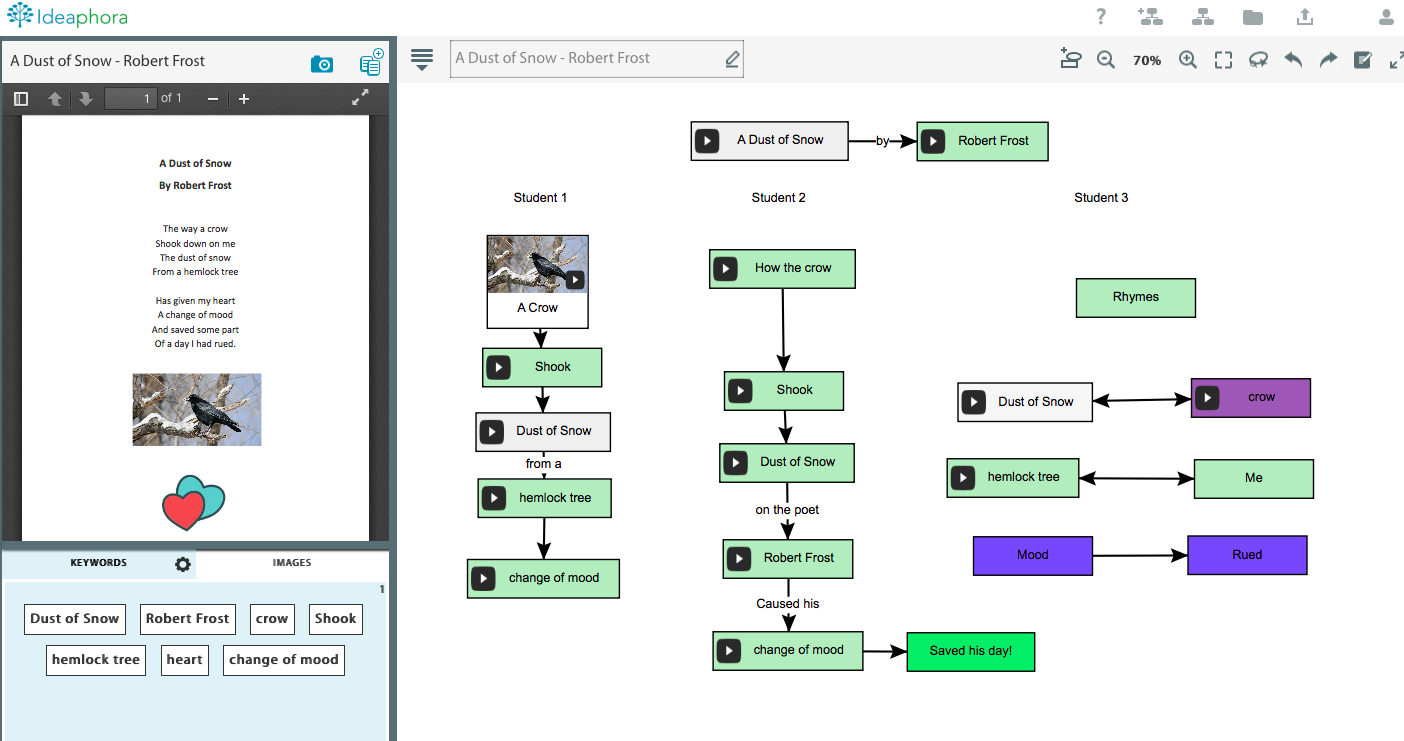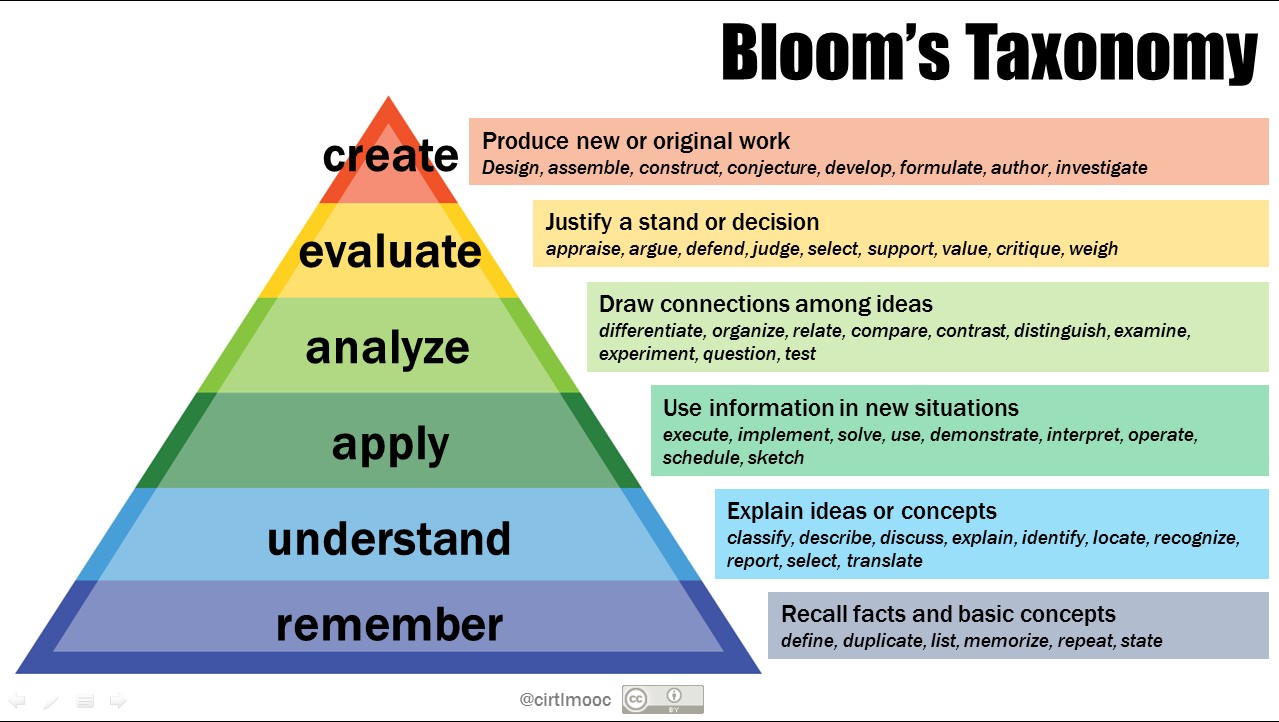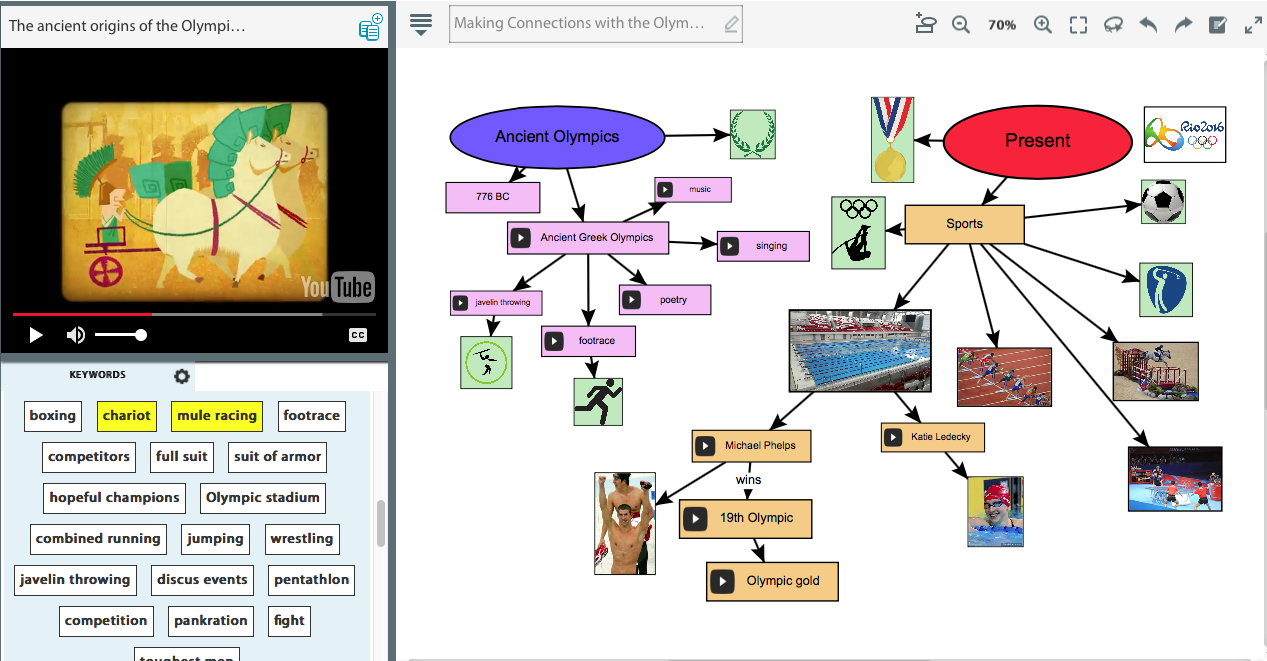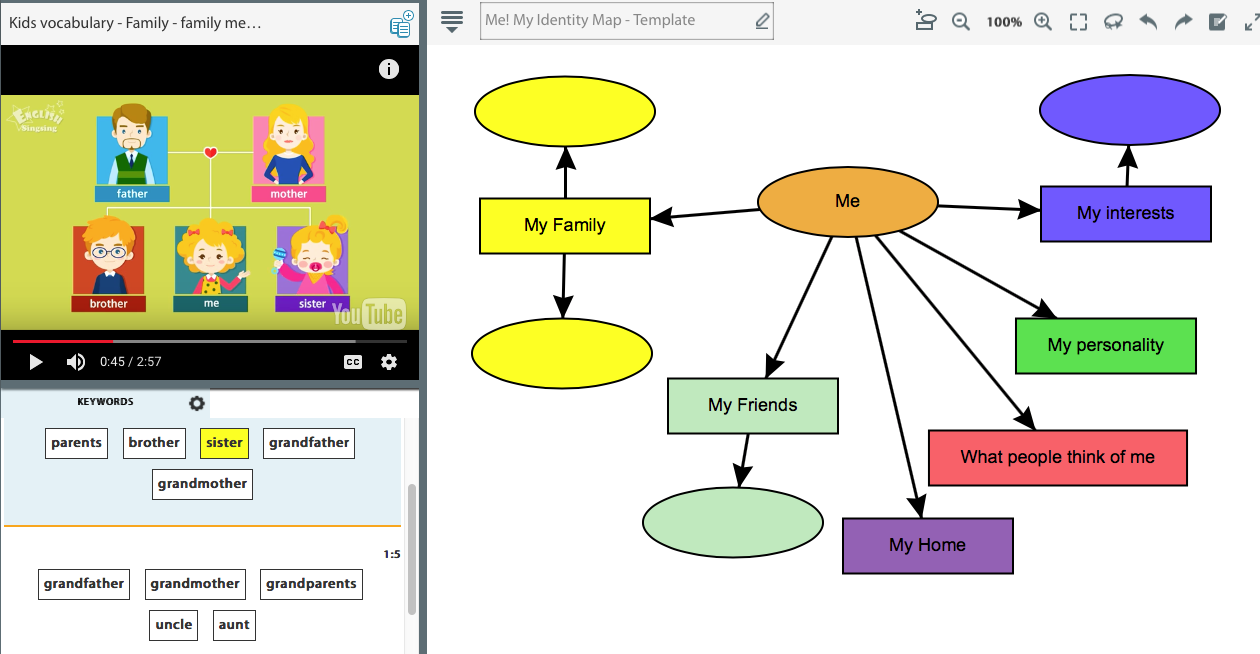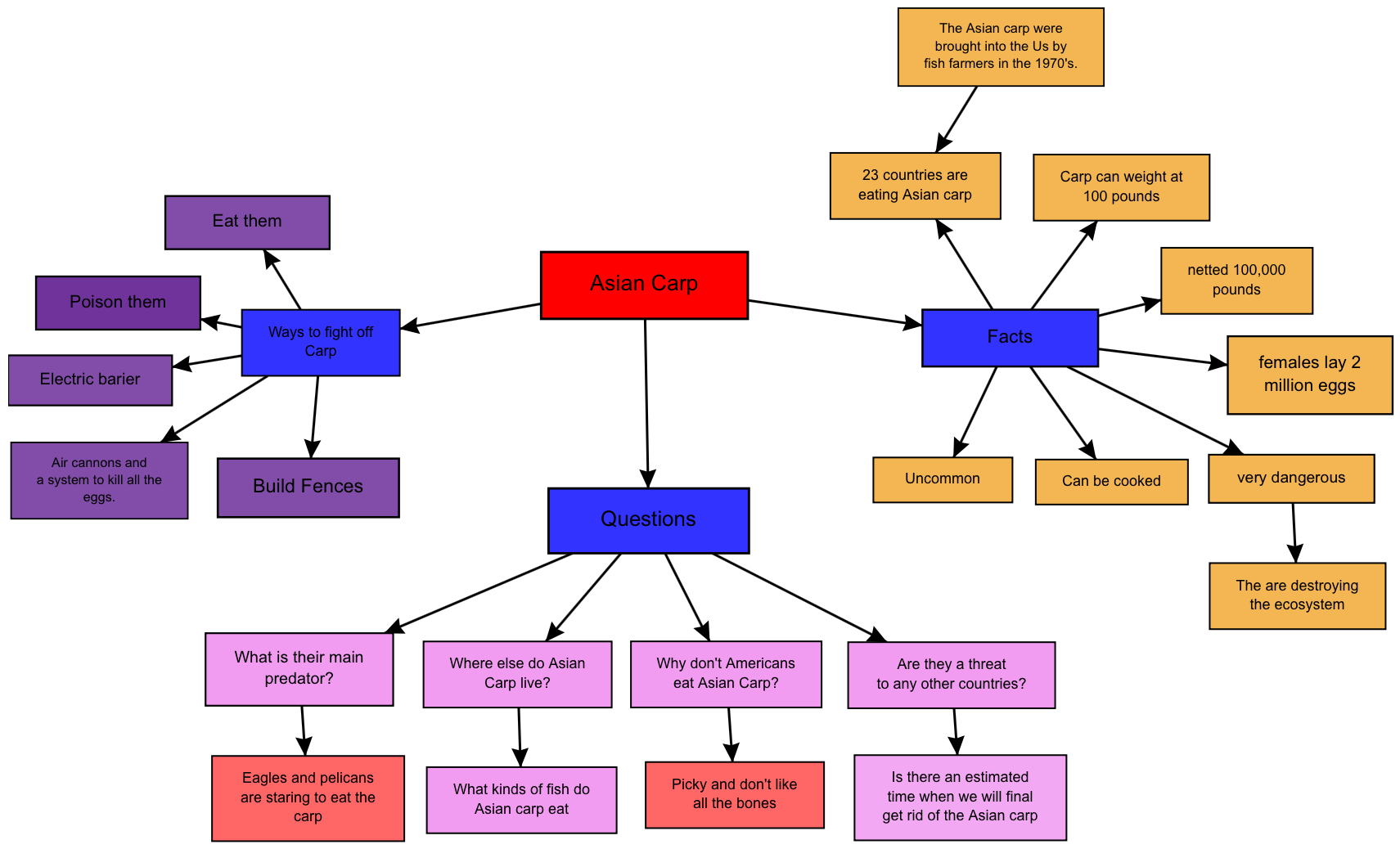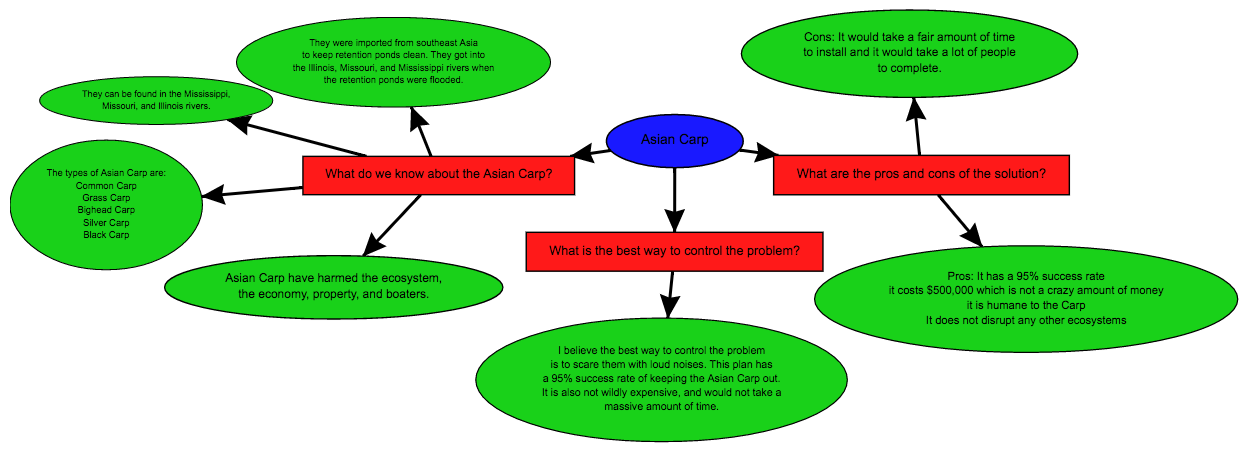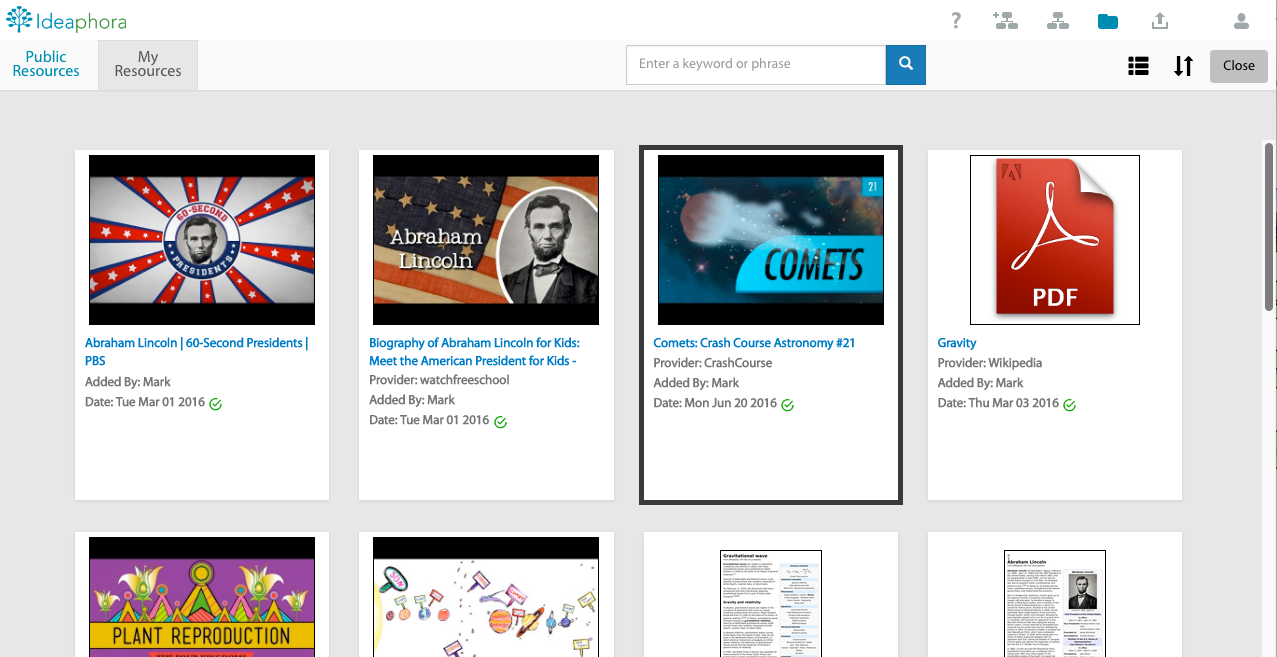The Harvard Graduate School of Education’s Project Zero defines Visible Thinking as “a flexible and systematic research-based conceptual framework, which aims to integrate the development of students' thinking with content learning across subject matters.” The Project has distilled this framework into several thinking routines that are simple protocols for exploring ideas and make students thinking visible. Teachers are encouraged to integrate these routines into daily classroom life and use them with their students to extend and deepen their thinking. These easy-to-learn mini-strategies are focused on four "thinking ideals" – understanding, truth, fairness, and creativity.
Ideaphora Classroom Has Arrived! Easy Google Classroom and Edmodo Set Up
With our new Classroom edition, it’s easy for educators to get started and use concept mapping in a digital learning environment with their students. Ideaphora Classroom provides all the features of the platform for individual users plus administrative tools for teachers: Google Classroom and Edmodo integration, class roster and workflow management, safety/privacy controls, and settings for content access and other preferences.
Back-to-School Tools: Add Concept Mapping to Your Studying Routine
This week students at every level from kindergarten to college have returned to school. But, hitting the proverbial books may no longer hold true as teachers and professors increasingly shelve print materials and transition to digital content.
Students must learn how to derive meaningful information from digital content and develop 21st century skills to be prepared for the demands of college and careers in the future. Concept mapping is one method students can use to ensure they are gaining deeper understanding of online material and exercising higher order thinking.
Transactional Theory in Practice: Visible Thinking and Reading
This post is written by Mary Chase, Ph.D., an expert in curriculum design, literacy education, and technology integration.
It’s been a long time since I was a student, yet every year as autumn approaches I become nostalgic for the days when my only job was learning. I’ve been very fortunate in my teachers, but the highlight of my student days was surely the three years I spent at the University of New Hampshire studying under the guidance of Donald Graves and Jane Hansen. I ended up with a lot more than a Ph.D.
In the late 1980’s, literacy studies were undergoing a renaissance, and UNH, home of the Reading and Writing Process Lab, was at its center. Graves and Hansen were pioneers in new pedagogies that emphasized students’ abilities rather than their deficits. They also knew every other literacy guru—Jerry Harste, Ken and Yetta Goodman, Frank Smith—and made sure that we knew them too. One of the most influential for me was Louise Rosenblatt, author of The Reader, The Text, The Poem: The Transactional Theory of the Literary Work.
Connecting with History and Bloom’s Taxonomy
Welcome back to school! Classrooms that were once empty a few weeks ago are now full classrooms with students, backpacks and assignments.
The month of August is significant for many reasons. It marks the beginning of school and the end of summer. It also marks many anniversaries throughout history: the formal signing of the Declaration of Independence in 1776, the 19th Amendment was officially adopted and gave women the right to vote in 1920, Japan surrendering to the United States ending WW II in 1945, Martin Luther King Jr. delivered his ‘I Have A Dream’ Speech in 1963, the Woodstock Festival began in 1969, the first compact disc was released in 1982 and the world wide web was introduced in 1991.
Lessons from The Biggest Summer Event (Every 4 Years)
This month we launched our online concept mapping environment for individual users, becoming the first concept-mapping tool that integrates seamlessly with a wide range of digital resources. No other products on the market offer semantic analysis of digital content to aid learning and ease-of-use nor present resources side-by-side the mapping canvas. The timing of our kick-off couldn’t have been better.
While we were embarking on a historic journey in edtech, another momentous occasion began in August in Brazil.
Start the School Year with Lessons on Identity
It’s our favorite time of year: back-to-school season! For many teachers and students across the country, school is back in session, and many more will be headed to campus in the coming weeks.
As schools have kicked off the 2016-17 school year, we also have launched (out of beta) the new Ideaphora online concept mapping environment for individuals. Our tool helps learners assimilate information from digital content and strengthen higher order thinking skills at a time when schools and districts are transitioning to new learning environments that better prepare students for jobs that don’t exist yet.
At the beginning of the school year, teachers often focus learning activities on self-identity to help build positive self-esteem, a welcoming classroom culture and acceptance among their students. One of the ways educators can introduce this topic while addressing key skills and standards is through concept mapping.
Concept Mapping As a Formative Assessment Method
Mike Jones, our Connecting Knowledge Grant winner and a STEM instructor and technology coach in the Bloomington School District 87 (Illinois), shares his insights on using Ideaphora in the classroom.
Formative assessments by the literary definition are pieces of data that allow teachers to measure where our students are at in their learning continuum. While it is easy to measure the more rote knowledge with short answers or multiple choice quizzes, finding ways to assess their understanding can be much more difficult.
I use the Ideaphora concept mapping environment in my classroom to allow my students to document and share their learning. When I first started using concept mapping, I mistakenly thought of it as a “one and done” activity. I would assign a resource and have students complete a concept map due the next day. Now, building a single concept map is a reflective process that we revisit often during a unit.
Concept Mapping in the NGSS Classroom
Mike Jones, our Connecting Knowledge Grant winner and a STEM instructor and technology coach in the Bloomington School District 87 (Illinois), shares his insights on using Ideaphora in the classroom.
In simplest terms, the goal of science is to answer a question, regardless of the source. Often, this is done by introducing students to phenomena, which can be an event, piece of media or another item that helps students generate a question. It is the investigation of that question that allows for concept mapping to be a powerful tool in science inquiry, one of the three dimensions of learning in the Next Generation Science Standards.
Countdown to Launch: Updates and Reviews
We’re just a month away from launching Ideaphora (out of beta)! In the meantime, we’ve made several updates to our concept mapping environment. Check them out through the new “try-for-free” feature that allows you to take a tour and get started using Ideaphora without registering.

